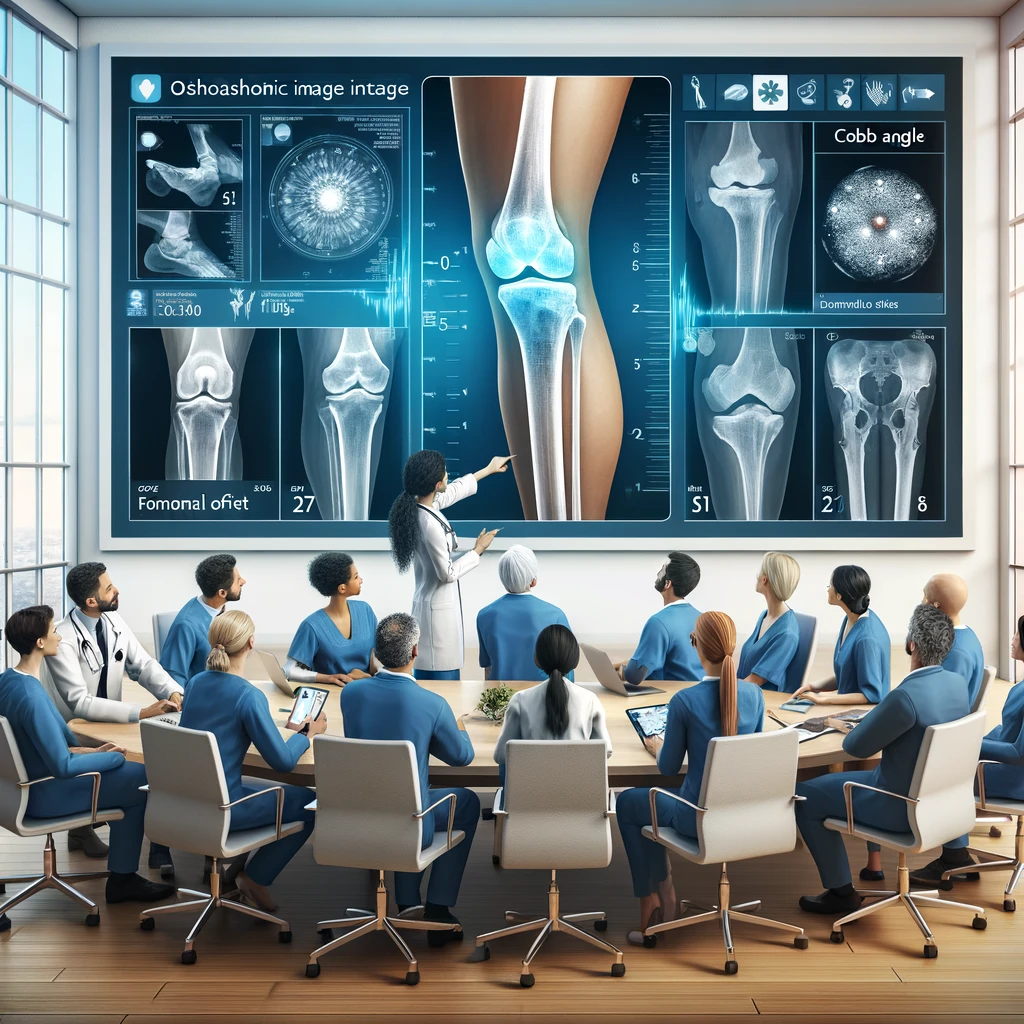For an Orthopedic Surgeon, accurate diagnoses hinges on top-notch diagnostic imaging. That’s where Picture Archiving and Communication Systems (PACS) come in. With so many options available, it’s crucial to choose wisely. I’m here to walk you through some key considerations to help you select the right PACS for your practice.
Cloud PACS. Separating Hype from Reality.
The concept of “cloud PACS” is buzzing. But what real benefits does it offer to a bustling orthopedic clinic? Here’s why it might just be what you need:
Firstly, cloud PACS eliminates the need for large initial investments in data centers. You typically pay based on usage or the amount of data stored. This shift to operational expenses can lead to substantial cost savings with minimal upfront investment.
Moreover, your cloud provider manages data storage, security, and backups, freeing you from these cumbersome tasks.
Lastly, as your clinic expands, so do your imaging needs. Cloud solutions scale effortlessly with your practice, providing powerful computing resources on-demand—no need to invest in pricey hardware.
Ease of Use: The Unsung Hero
When selecting a PACS, simplicity is key. You need a user-friendly system that doesn’t bog you down with complexities or lengthy setups. Your time is precious, and a PACS should make your work easier, not harder. Ideally, it should be something you can use right out of the box with minimal training.
The Essential Toolkit for Orthopedic Practices
Keep an eye out for a PACS that includes an orthopedic toolkit. Features like femoral offset, Cobb angle, and spine curvature measurements should be standard. These tools are not just nice-to-haves; they enhance your clinical capabilities and reduce dependence on third-party software, potentially lowering costs.
Your One-Stop Clinical Imaging Shop
A modern PACS should handle everything—X-rays, ECGs, and more—with ease. It should be adept at displaying specialized tools for different types of images, making it easier to diagnose conditions like cardiomegaly from chest X-rays or analyzing ECGs. Your PACS should be the hub of your clinical imaging, streamlining patient care.
The Integration Imperative
Don’t settle for a system that stands alone. Your PACS should integrate seamlessly with your existing software—whether it’s EMR, advanced templating, or clinical AI. Compatibility with major players like MediCad or ZedView indicates a system that’s ready to integrate smoothly and enhance your clinic’s efficiency.
Workflow Wizardry
A PACS optimized for automation can transform your clinic’s efficiency, allowing you to focus more on patient care. Imagine a system that updates and sorts patient lists automatically, intuitively queues up studies, and integrates data effortlessly. This isn’t just convenient; it’s a game-changer in managing daily tasks and improving workflow.
The Final Frame
As we wrap up, it’s clear that the right PACS is indispensable. It should fit seamlessly into your practice, enhancing workflows and patient care. If you’re deciding between two systems, remember that the best fit is usually worth the investment over a cheaper but less effective option.
Choosing the right PACS is more than a mere decision—it’s a long-term investment in your practice’s success and efficiency.
Signup for OmniPACS: Free Trial





